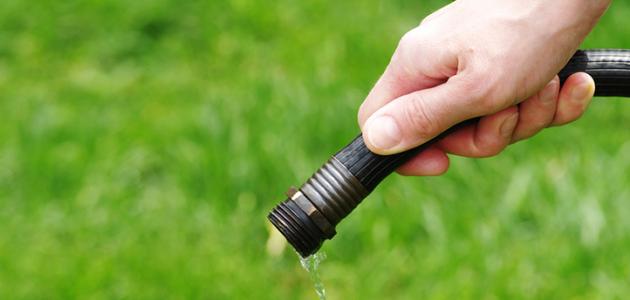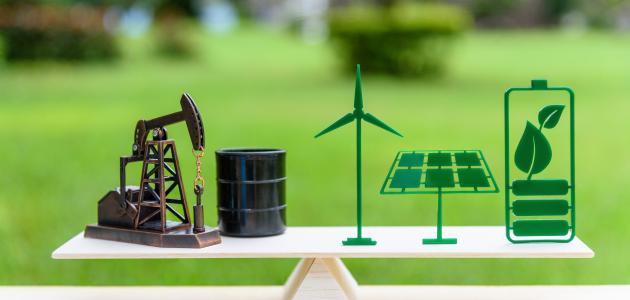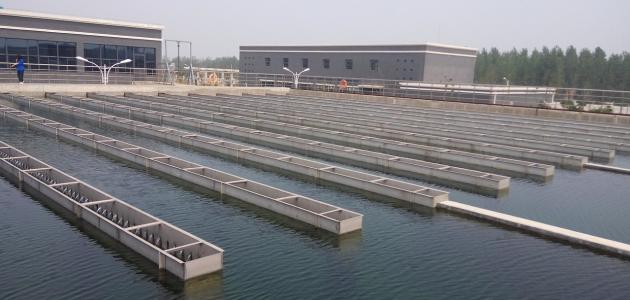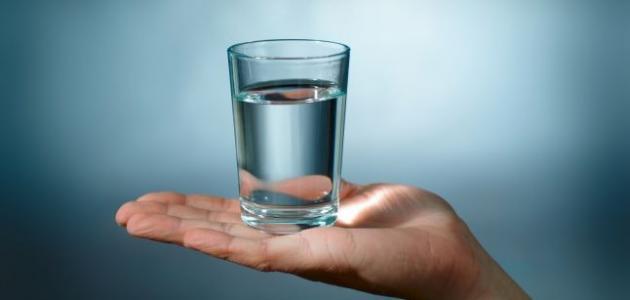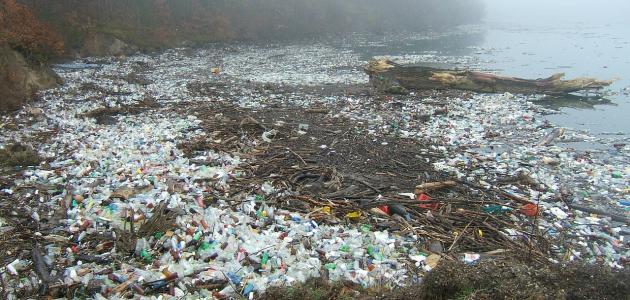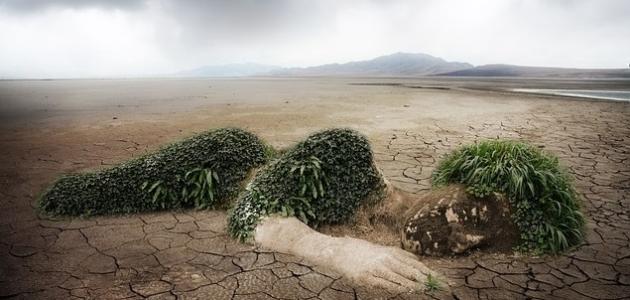Definition of groundwater
Groundwater: It is the water that is found in the ground and within rocks and soil saturated with water. This area represents a huge natural reservoir that absorbs and stores falling rainwater in wet times, and drains it slowly in dry times. Rainwater and melted snow represent the primary and main source of groundwater in the ground. Groundwater is a common source of water in individual homes, small cities, well water, and water that comes out in the form of springs. There is approximately 98 percent of liquid freshwater as groundwater. Groundwater is formed deep within the earth as a result of rainwater slowly seeping through vast layers of porous soil and rocks called aquifers. Water is withdrawn from the aquifer by pumping it from a well or underground reservoir. Wells are created in several ways, depending on Depending on the depth and nature of the aquifer, wells used for public water supplies (usually more than 30 meters deep and 10 to 30 cm in diameter) must penetrate large aquifers that can provide reliable returns of good quality water. These wells are also drilled using modern drilling techniques. The tools are usually lined with a metal tube or casing to prevent contamination. A submersible pump driven by an electric motor can be used to raise the water to the surface.
Causes of groundwater pollution
Groundwater is affected by various surface activities, which may lead to its contamination depending on its location. The susceptibility of groundwater to pollution increases if the aquifer is located in a free form and close to the water level on the surface of the earth, and if the aquifer is located in a cracked rocky area or with regular gravel components. Granular and high permeability. While its susceptibility to pollution decreases if the aquifer is located at a great depth, as the part that is not saturated with water reduces the concentration and ability of pollutants to precipitate, and the susceptibility of groundwater to pollution also decreases if the aquifer is located below a surface layer of clay, and the water in the tank is under pressure. hydraulic. Below we mention the most important causes that lead to groundwater pollution:
Read also:Short essay on water pollution- Agricultural activities: Agricultural activities include the addition of pesticides, fertilizers, soil washing and evaporation, as these activities lead to the emergence of many pollutants such as pesticides and dissolved salts.
- human activities: Human activities sometimes lead to groundwater pollution, as a result of the leakage of organic waste from sewage networks, ground collection tanks, and cesspits that are widely found in villages far from services and sewage networks, where organic waste contains, in varying proportions, nitrogen compounds (ammonia or organic nitrogen).
- Industrial activities: Industrial activities represent the most dangerous source of groundwater pollution, and the extent of their impact depends on the type of industry and the method of disposal of its output. Of course, most factories do not dispose of their waste and waste directly into the ground, but they may dispose of it in river or sea water, which leads to its pollution, and heavy metals such as lead, zinc, and chromium leak into the groundwater reservoir, thus causing groundwater pollution.
- Overdrawing of groundwater: Overdrawing of groundwater leads to contamination of the groundwater reservoir by increasing the degree of salinity of the water, especially if withdrawal is made from groundwater reservoirs close to geological components carrying highly salinized water, such as limestone rocks, or close to the sea coast.
Reducing groundwater pollution
The risk of groundwater pollution can be reduced and reduced by following the following methods:
Read also:How does the water conservation process take place?- Establishing agricultural drainage networks with good infrastructure.
- Reducing the use of harmful pesticides that lead to pollution of the environment and groundwater, and using non-polluting and environmentally friendly types.
- Reducing excessive withdrawal of groundwater by developing drought-resistant plant varieties using traditional breeding methods or genetic engineering, in the case of extracting groundwater for agriculture.
- Protecting groundwater from its high degree of salinity due to excessive and irregular withdrawal, as a result of the presence of groundwater above water with high salinity, or as a result of seawater interfering and mixing with groundwater.
- Drilling wells to safe depths, while regulating withdrawal rates from those wells.
- Reducing the presence of ground collection tanks and cesspits by extending sewage networks to remote areas and villages that lack this service.
- Providing wells with clean water so that pollution is moved to an area far from the well sites.
- Reducing the use of fertilizers, and using smaller amounts of water to irrigate crops.
Groundwater depletion
One study stated the fact that 1.7 billion people in the world live in areas where groundwater is at risk of depletion or overexploitation. The most important of these regions are the north and south of the Arabian Peninsula and the Delta region in Egypt. Other studies have also confirmed the danger of human depletion of groundwater, which affects a third of the global groundwater reserve, especially groundwater in the Arab region, where scientists classified 13 groundwater reservoirs out of 37 as “super-stressed” reservoirs, meaning that the amount of withdrawal is much greater than the amount Natural regeneration of this reservoir, which will eventually cause the reservoir to dry out. The Arab aquifer - the most stressed in the world - extends to include the Kingdom of Saudi Arabia, the Emirates, Kuwait, Oman, Yemen, and Jordan, and the rate of groundwater depletion reaches 10 milliliters annually without any similar compensation.
Read also:Benefits of acid rain

